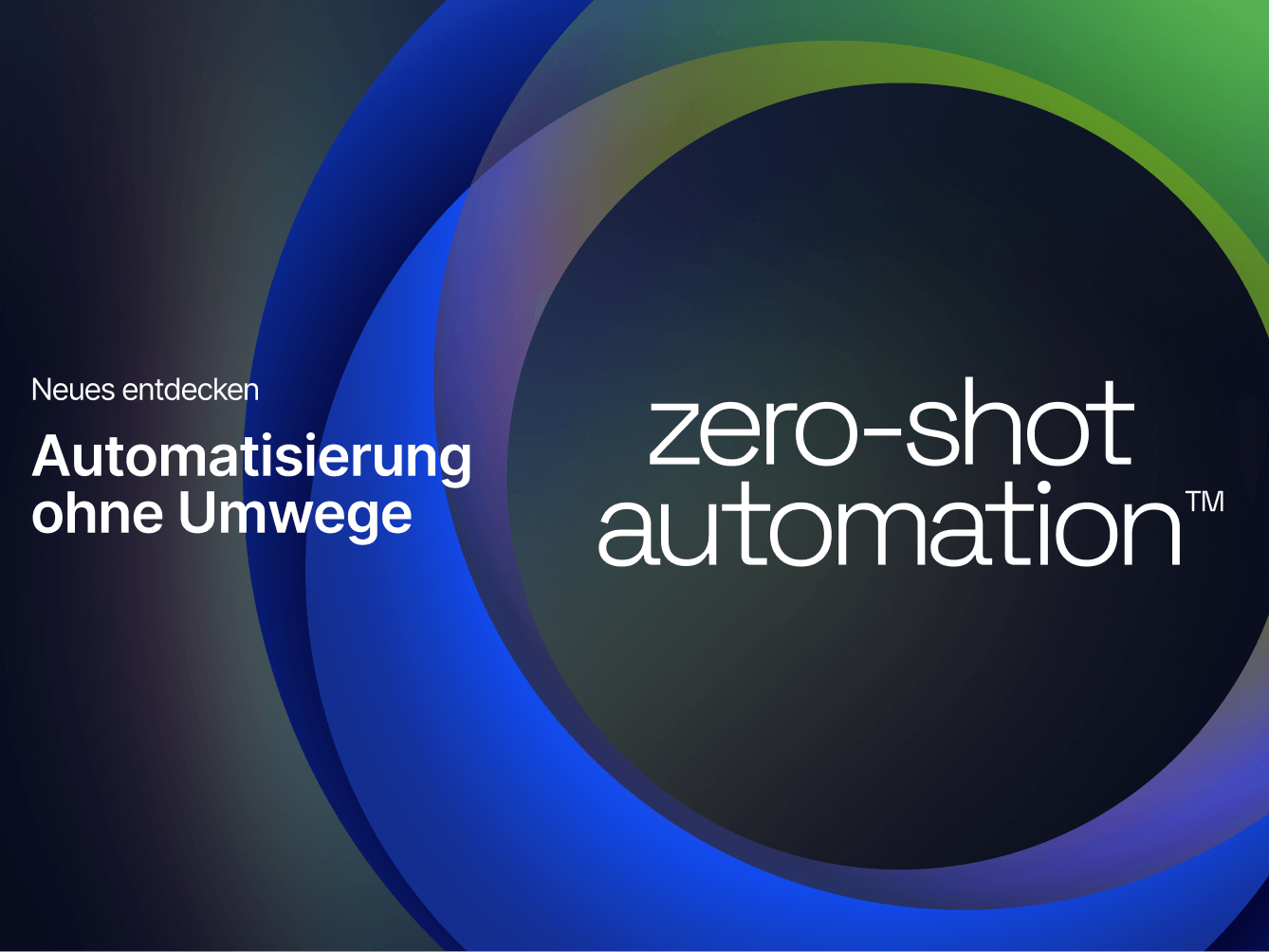Why aren’t you panicking? The Financial Conduct Authority (FCA) has signalled that it will
allow card providers to set the contactless payment limit for their customers. Now, on top of a thousand other existential threats we need to worry about, from ocean acidification to microplastics, we must worry that anyone who finds a lost debit card could
spend every penny you have in a single tap.
There’s one problem with the instinct to panic: while tap and go card transactions are limited to £100 a transaction, digital wallets authenticated on-device have had unlimited contactless payments since their inception. Yet, there’s been no meaningful increase
in contactless fraud. In fact, street robberies
are going down – not what you’d expect if every stolen phone was a veritable goldmine. Contactless fraud only accounted for
£41.1 million in fraud losses in 2024 out of £1.17 billion, or 3.5% in other words. Not to mention the fact that the FCA believes, based on industry feedback, that most card schemes will keep the £100 limit.
It seems that panic over the increased limit was irrational, and that doesn’t mean that it isn’t understandable. Most consumers don’t read FCA press releases or check financial crime statistics, a fact borne out by the fact that
crime is at thirty-year lows. Even if they did, psychology has proven again and again that human beings are emotional before they are rational. Everyone, from regulators to payments companies, needs to work with that instead of ignoring it. So, how do we
move payments forward without scaring away the people who they should be helping?
Why new initiatives trigger anxiety
History has a habit of repeating itself. When contactless payments were introduced in 2007, the £10 limit was described as reckless. Each subsequent increase – £20 in 2012, £30 in 2015, £45 in 2020, and £100 in 2021 – was accompanied by warnings that fraud
would explode. None of those spikes arrived. Instead, adoption soared, transaction values climbed, and fraud remained proportionally tiny.
But consumer anxiety doesn’t simply vanish with positive evidence. Money carries an outsized psychological weight. Behavioural science tells us that people are loss-averse: the pain of losing £100 feels far greater than the pleasure of gaining the same amount.
In payments, that bias skews people towards overestimating the likelihood of fraud and underestimating the protections already in place.
Research from ‘What SMEs Need From Their Payments Provider’ underlines this. Nearly half of consumers said they believe small and medium-sized enterprises should have the same payment technology
as large companies. One third admitted they avoid SMEs if they think fraud protection is lacking. And many are prepared to trade speed for reassurance: convenience matters, but not at the expense of perceived safety. The insight here is clear. Innovation in
payments will fail if it doesn’t take account of these anxieties.
What the FCA move really means
The FCA’s shift is not an invitation to reckless spending. Limitless contactless does not mean limitless risk. Instead, it recognises the reality that digital wallets have operated with no fixed ceiling for years, protected by biometric authentication. Levelling
the playing field between wallet-based payments and physical cards isn’t radical, it’s logical.
It also signals maturity from the regulator. By handing responsibility to card providers, the FCA is acknowledging that the industry can balance risk and innovation without constant intervention. That should be read as trust, not negligence.
For SMEs, the implications are particularly positive. Payment friction is often more than an irritation – it is a commercial obstacle. If customers hesitate at the till because they fear a high-value contactless transaction won’t work, the result is longer
queues, awkward conversations, and sometimes abandoned purchases. Removing that ceiling allows smaller businesses to focus on serving customers rather than managing arbitrary limits.
But trust won’t automatically follow. Consumers need reassurance before they embrace change.
A framework for anxiety-free innovation
If payments providers, policymakers, and merchants want to ensure this shift delivers genuine benefits, they must lead with empathy. People’s fears are not irrational in their own minds. A parent worrying that a lost card could be drained in minutes is expressing
a basic human instinct to protect resources. Meeting that instinct with dismissal only deepens resistance.
Transparency is the next essential ingredient. Fraud monitoring, liability frameworks, tokenisation, and biometric checks all exist to protect consumers, but they are rarely explained clearly – I would doubt that 90% of the public could even explain one
of them accurately, which is partly because they are systems that run in the background and partly because the payments industry doesn’t explain them well. If customers do not know what safeguards apply, those safeguards might as well not exist in their eyes.
Education is equally critical. Leaving the press to shape the story all but guarantees sensational headlines. Industry stakeholders must do more to tell their own story – showing not only how fraud is contained but also how liability typically rests with
the bank, not the individual.
Finally, a constructive approach is needed. Risk concerns should not be brushed aside. Instead, providers should respond with “yes, and…” solutions. Yes, fraud is a risk, and here are the detection systems we run 24/7. Yes, losing a card is frightening,
and here is how liability protection ensures you will not be left out of pocket.
Industry responsibility
The FCA’s move reflects confidence in responsible innovation. It suggests that payments technology has matured enough to handle greater flexibility. But trust comes with responsibility. Providers need to keep fraud frameworks modern, updating monitoring,
machine learning, and consumer protection rules as behaviours evolve.
SMEs stand to gain the most from reduced friction. Less time spent managing awkward conversations at the till means more time serving customers. When people feel safe as well as served, they’re more likely to support smaller businesses and keep local economies
strong.
The principle is simple: progress and protection have to go together. Payments innovation only works if it acknowledges human anxieties and addresses them directly.
Moving Forward
The FCA’s decision to allow providers to set their own contactless limits should be seen as an opportunity, not a threat. It raises the same question every payment innovation has raised: how do we push forward without spooking the very people we are trying
to serve?
The answer lies in empathy, clarity, and trust. By recognising consumer fears, explaining safeguards plainly, and committing to ongoing education, the payments industry can ensure innovation is welcomed rather than resisted.
Now is the moment for providers, regulators, and SMEs to work together in building a payments environment that is modern, safe, and confidence-inspiring. Progress will not be measured in the size of the limit, but in the depth of trust consumers feel when
they tap.













